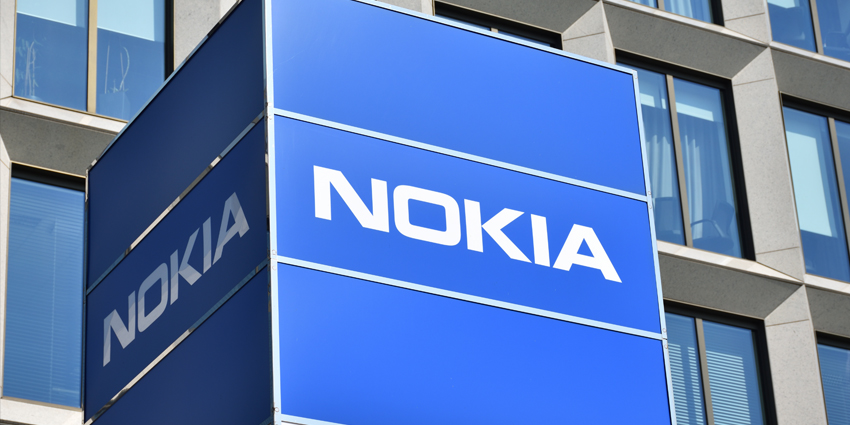“Immersion” is a term gaining a lot of attention in the technology landscape today.
When something is described as “immersive” in the digital landscape, it often has something to do with the realm of extended reality. Immersive media, available in many different forms, allows people to interact with content on another level. Rather than just viewing a video, immersive media can create an environment which allows you to stop into that video and interact with the things within it.
Examples of immersive media expand all the way from augmented reality to virtual reality, holopresence, and more. By 2022 alone, experts say this landscape will be worth around $180 billion.
As extended reality continues to represent more opportunities for learning, work, and social interaction, the demand for immersive media continues to grow.
Here’s what you need to know about “immersion”.
The Different Kinds of Immersive Media
Immersive media earned its name from the ability to immerse people within an experience of an environment. When you’re interacting with immersive media, you’re not just viewing a picture confined to a screen.
In the case of something like 3D content, you would be able to see a flat sphere of visual content around you which adapts according to your position or view, managed by 3 degrees of freedom (3DoF). In the case of extended reality (AR, VR, and MR), immersive media would map your experience onto a physical space, allowing for deeper interactions. This is known as 6 degrees of freedom, or 6DoF.
Most kinds of immersive media fall into either 3DoF or 6DoF categories. Options include:
- Virtual reality: VR is the most commonly referenced content in immersive media. It involves using a virtual or digital environment to replace a real-world space. VR fully immerses the user in a digital world through head-mounted displays and sensors.
- Augmented reality: Augmented reality, or AR brings the digital content into a real-world environment. This allows for the enhancement, rather than the replacement of your physical surroundings.
- Mixed reality: Mixed reality blends the real and digital world in an environment where they can co-exist. Mixed reality experiences can include things like holograms or holoportation, and they allow for a much deeper level of interaction than AR.
- 3D content: 3D videos and images allow you to surround yourself with a kind of unique image or video. This allows for immersion within the media, but there’s usually no way of interacting with the content directly, without the use of a smartphone or similar device.
How Will Immersive Media Change the World?
By making experiences more immersive, experts can create interactions between people and machines that we never could have imagined before. For instance, in a VR environment, a company could create a digital twin of a product, which allows engineering and production teams to experiment with designs and ideas on how to enhance that object.
A group of experts in VR could then work together on that digital twin in real-time, adjusting without relying on any heavy machinery or material resources. The result is a must faster and more efficient creative process for everyone involved.
It’s not just creativity that benefits from access to immersive media either. Immersive technologies can allow people to experience virtual guided tours of a location before they visit that destination in the travel landscape. In real-estate, home buyers can walk around a future home before it’s ever built. In the AR environment, healthcare professionals can use smart glasses to get guidance on a patient’s circulatory system or find the source of an issue.
Immersive media also makes it easier for us to collaborate more effectively in an age of hybrid and remote working. Beyond simply offering a simulation of face-to-face contact like video conferencing, virtual environments could allow people to share a digital space. In the mixed reality environment, it may even be possible to “visit” other employees as a hologram avatar.
The Future is Immersive
Immersive media is the strategy companies and individuals can use to improve the connection between people and the machines they work with. We can use immersive media to get a better insight into crucial content and share ideas on a more meaningful scale. Immersive media can improve collaboration between team members, and boost customer service opportunities.
As people continue to look for more ways of leveraging the digital world, the demand for immersive media will continue to grow. Who knows what our next level of immersion might look like?







